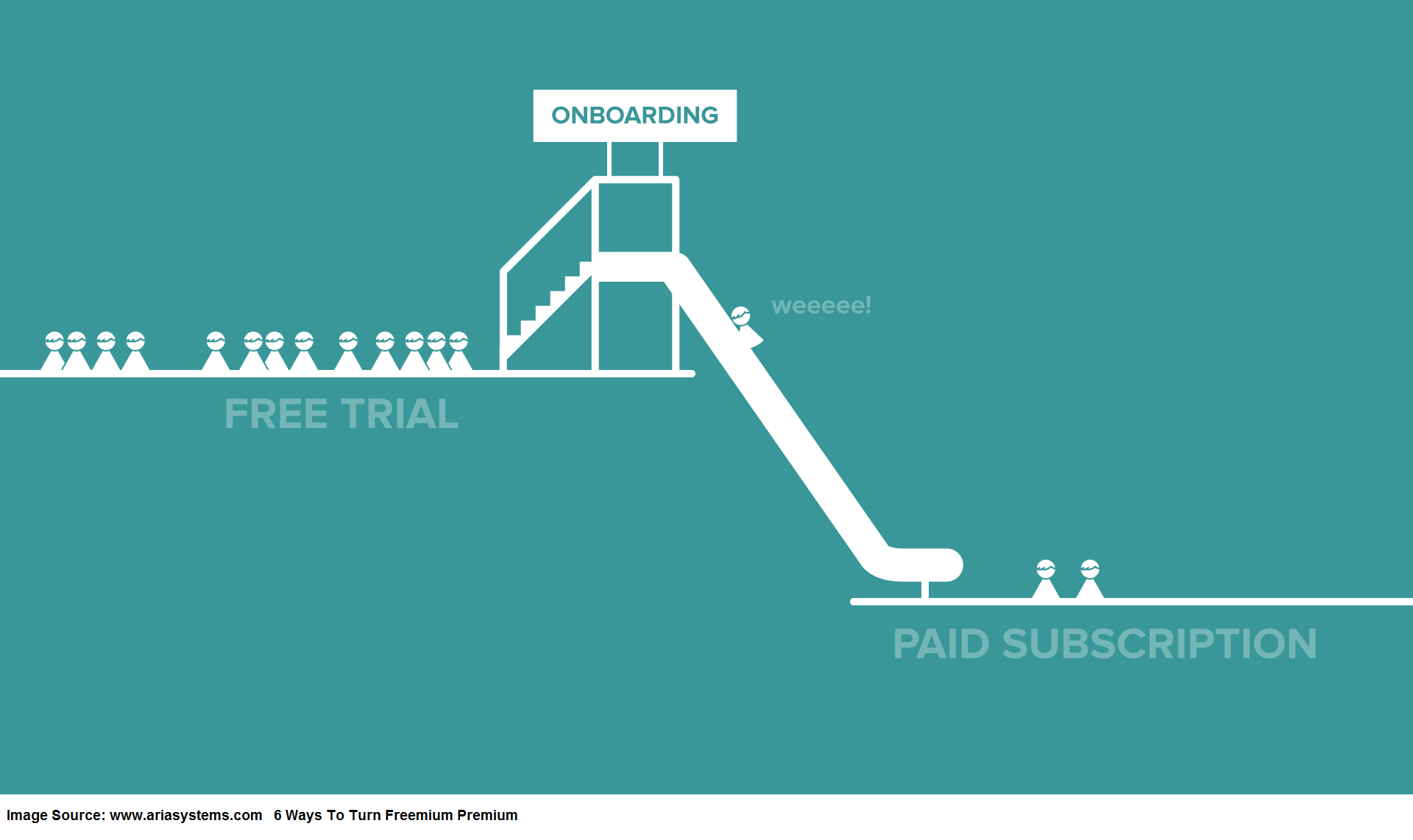
Did you know that a business can have a recurring revenue business model or a non-recurring revenue business model? There's value in both options. The purpose of a recurring revenue business model is to encourage customers to subscribe to a service or a product that is paid over a specified term.
There are many big name orgnisations that are leading the way in the recurring revenue business model such as Netflix, Spotify, BirchBox, as well as those that originally worked on a lump sum payment model but have made the switch to subscription, like Microsoft.
The recurring revenue model can be appealing because it shows where your business idea will generate its future income from, how you will finance short term growth, and retain customers.
Recurring revenue refers to the sales of a product, or service, in a business that are expected to continue into the future. This means cash and profit projections are potentially more predictable because sales might be counted on to take place on regular occasions.
One of the key reasons why the recurring revenue model is attractive is because it allows you as the owner, as well as investors, and potential purchasers to see how your business will generate sales moving forward. This can help add some weight to financial forecasts with a clear potential window to future growth prospects.
There are 7 recurring revenue business models for you to consider:
Auto-renewal subscriptions are ongoing until the consumer stops it. This is a useful method because the customer does not need to do any work to continue doing business with you, making it very easy for them and meaning they're less likely to go to a competitor.
Auto-renewal subscriptions are commonly used by software businesses that provide a service used on a regular basis and by insurance firms.
Sunk-money subscription is based on customers purchasing a platform that usually has specific content and exclusive access to services or content and publications. Why is this an effective model? It encourages people to keep renewing their subscription because they have already paid for the platform.
Bloomberg is an example of a sunk-money subscription. People have to buy access to the Bloomberg Terminal in order to subscribe to their financial publications.
Probably one of the most common and universally used methods of recurring revenue are renewable subscriptions. Customers will sign up, and they will usually pay a monthly fee, they will also have the option to renew their subscription at the end of the contract.
This method of subscribing tends to be the most cost-effective because it requires few resources and little infrastructure.

A customer has purchased your product and it's so unique that now they need to keep buying additional items from you to keep their initial investment working. A prime example of a sunk-money consumable is a home coffee maker.
Most machines require a specific capsule, requiring you to buy only that one type of product, providing the company with a continual revenue source. This is an effective way to meet consumer needs and to encourage them to buy your product.
Simple consumables are goods that need to be replaced regularly because they are used up or worn out. This can apply to essential items like food, coffee and toothpaste. The model is effective because regardless of market trends people still need these goods regularly and so will buy them.
If you own property, for example, a method to generate a continual revenue stream would be to rent out the property using long term contracts. This will ensure that your revenue stream is continual and secure for the extended future.
Freemium is a lifetime plan that offers free services; however, you'll be offered upgrades to premium memberships, more space, or extra content. Many companies, including newspapers, magazines and file hosting services like Dropbox and Spotify, have adopted a freemium model because there are very few barriers to entry and it is quick way to acquire a sizeable customer base.
This post was created on 21/08/2018 and updated on 21/11/2019.
Please be aware that information provided by this blog is subject to regular legal and regulatory change. We recommend that you do not take any information held within our website or guides (eBooks) as a definitive guide to the law on the relevant matter being discussed. We suggest your course of action should be to seek legal or professional advice where necessary rather than relying on the content supplied by the author(s) of this blog.
Click below for office location details
leave a comment -